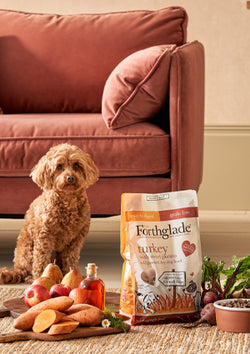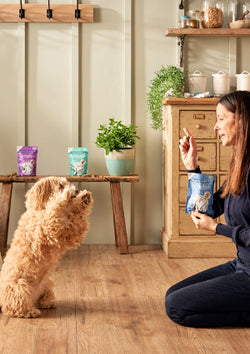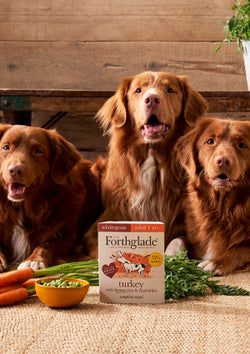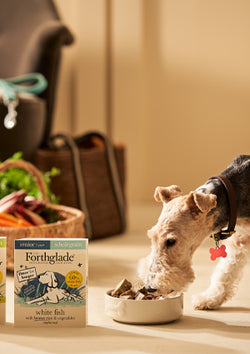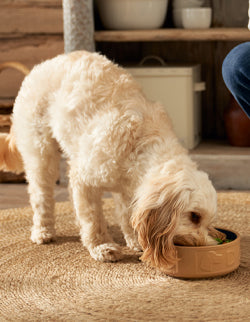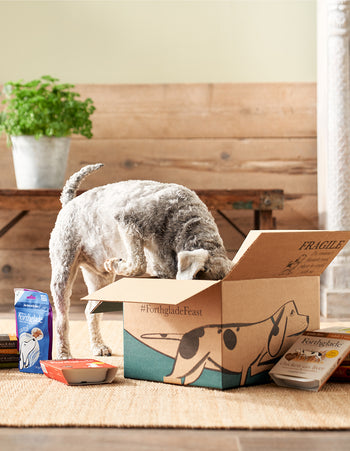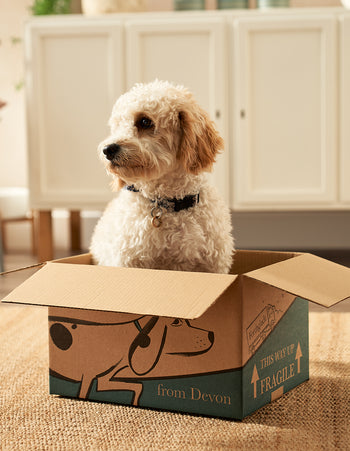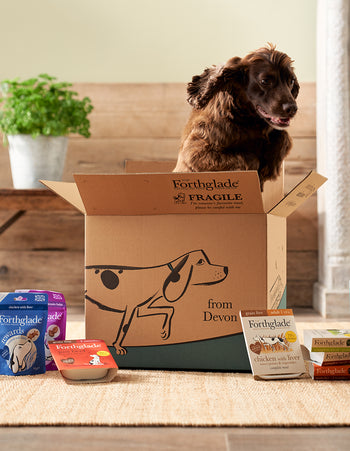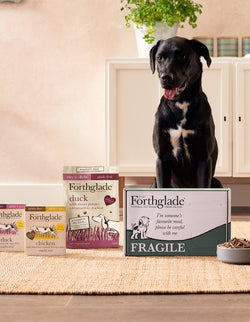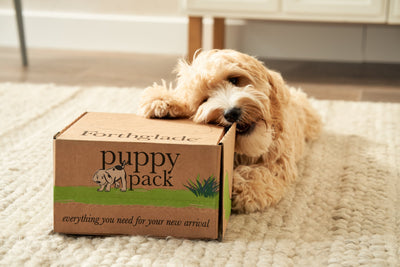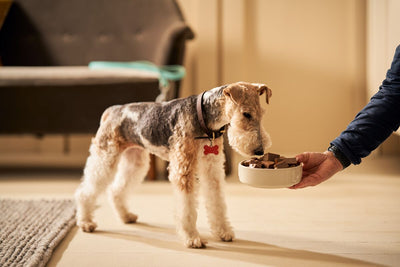
It can be really frustrating when your dog won’t listen to you. When you dream of living the good dog life together, whether that’s enjoying a walk around the block or a long countryside hike, clear communication, rooted in trust, is key. Recall is the first step in teaching your pup to behave. It’s vital for training your dog to return successfully when called and making the most of your dog walks.
‘Trusting your dog to come back reliably when called is absolutely key to enjoying your dog walks together,’ says Dr Carri Westgarth, dog walking expert and lecturer in human animal interaction at the University of Liverpool. ‘However, it’s also one of the hardest things to train.
1 Teach Your Dog Their Name To Get Their Attention
First, it’s important to go back to basics. Does your dog know their name? If not, how can you expect to get their attention in a distracting environment? You would be surprised how many dogs think their name is ‘whatsis’ or ‘biscuits’!
Start by saying your dog’s name and giving them a treat, then repeat again. Then again. Soon, your dog should look at you when they hear their name, because they’re expecting a tasty treat. If they do, respond, praise and reward.
If they don't respond, don’t keep saying their name – that’s just teaching them to ignore it. Instead, wave the treat right in front of their nose and lure their face so that they’re looking at you before giving them the treat, repeating their name as you do so.
If your dog is not interested in this treat, find a different one that they do like. It’s important to find out what really motivates your dog.
2 Teach Your Dog To Come To You

Once your dog knows their name, and you can get their attention, next teach them a word that means ‘come’ to you. With your dog on the lead, or in a small safe space off the lead, hold a treat low down just in front of your knees.
Say your dog’s name, the command ‘come’ or ‘come here’ and walk backwards. Your dog’s nose should follow the treat and your dog should be following you as you move backwards. After a few steps, stop and give them the treat and praise.
Repeat many times, going further and further with your dog running towards you. Again, if your dog is ignoring you, stop and put the treat on their nose and lure them towards you, but don’t keep repeating their name. The lead can be helpful here, but it’s not to be used to pull your dog towards you.
Remember, they won’t be attached to you by a lead in a real life situation. The lead can be used to stop your dog moving any further away though. Use your intelligence and motivation to get your dog to come with you. Be as exciting as possible – a high voice and enthusiasm helps!
3 Teach Your Dog To Stay When You Walk Away

The next training exercise is to get someone to hold your dog while you walk away. It helps here if they’re attached to a long training lead that can be left to trail, to stop them moving any further away from you rather than reeling them in.
Get someone to hold your dog by the collar or harness while you show them the treat they can win, and walk a few paces away. Then call your dog and ask your helper to let him go.
Because you have left the dog, rather than the dog walking away from you, they are much more inclined to want to follow. It’s almost as if they’ll be saying: ‘How dare my owner leave me!’ Praise and reward them with a treat when they get to you.
4 Practice Your Dog’s Recall Until It Becomes Second Nature
Remember, recall training is a habit. Your dog’s instinct must be to go to Mum or Dad when you call. If they have to stop and think about whether they want to go or not, you’re likely to lose!
Practice is the key here. Practice for success, and don’t call your dog when it’s unreasonable to expect them to respond, such as when they’ve just been let off the lead. The more times you call and they don’t return, the more times they’re learning to ignore you instead.
For this reason, only call your dog when you think you have a 90% chance of them responding. At the beginning of training, if they’re playing with another dog, don’t bother to call them away.
Practice in gradually more difficult situations, and over time your dog will learn to be called away from greater distractions until they respond, even when playing with another dog. If in doubt, keep your dog on a lead or on a trailing line so that they can be managed that way instead.
5 Keep Your Dog Safe If They Keep Running Away From You

There’s nothing worse than your dog running off. Dangers are rife, from busy roads and other dogs to livestock and even dog thieves. It’s therefore paramount that your dog remains supervised when off the lead and doesn’t put themselves or others in danger.
But we all know how easily dogs can be led off course with an exciting new scent or another dog’s ball. Until your pooch can handle recall, train them on a long lead attached to a harness, and only let them off the lead in places where you know they’ll be secure. Don’t let them have their head in open spaces until you’re confident they’ll come back when called.
- Make sure your four-legged friend always wears their collar and ID tag when you go out and about.
- Ensure their microchip details, if they have one, are up to date. If the worst happens, this will assist in being reunited with your best pal if they get lost.
If You Get Stuck, Ask For Help
If there’s no improvement with your dog’s training, contact a qualified trainer or behaviourist to help. The more you and your dog learn about each other, the easier it will be to build trust, strengthen communication and improve their behaviour.
This article is supported by Dr Carri Westgarth, dog walking expert and lecturer in human animal interaction at the University of Liverpool.














 Over 7,339 5* Reviews
Over 7,339 5* Reviews
 Established since 1971 - Made in Devon!
Established since 1971 - Made in Devon!

